One of the die-hardest myths is that social networks would be free or so. Actually opening a page on Facebook or LinkedIn, having a Twitter account or a Youtube channel, creating a profile on Instagram or Pinterest is “virtually” free, so what else should we need? A bit of good will to load some content now and then, preferably video (after all, even the cheapest smartphone has a videocamera), a bit of friends to ask to become a fan, and that’s it – we’re done: likes will be pouring, our posts will go viral and we will all become rich and famous.

It’s definitely a fulfilling belief. However, social media haven’t been free for a long time (if they’ve ever been).
Take Facebook, for example, the undisputed king of social media, with its 1.8 billion users (more than 17 million in Italy).
Facebook isn’t free and will never be, especially for companies – and this applies to any other social platform as well –, indeed it will cost more and more, for at least five good reasons:
- it isn’t a non-profit organization
- it focuses on the connection between its users (people with their friends, not people with companies)
- the News Feed is not unlimited (it now offers about 300 contents per day)
- the Edge Rank is increasingly thinning the posts’ organic reach
- the good old law of supply and demand is always valid.

1. Even a non-profit organization needs money
No company in this world can support itself without royalty income – not even the non-profit organizations, which for their activities, albeit non-profit, still need funds and do raise them through the most varied sources: membership fees, sponsorships, fundraising activities, social events with fees…
Let alone social media, which are listed on the stock exchange and invest millions of dollars in research and development.

2. People First (Brands Second)
Social media exist because people use them to interact with other users. All the efforts of a platform like Facebook are thus directed to maintaining and increasing the number of users – precisely at the risk to provide them with a service that seems free (but always remind the old adage: “If it’s free, the product is you”).
What happens on Facebook, then, is a form of barter. Its subscribers use the platform for free and in return provide data: their habits, their preferences, their propensity to buy, their signing up to a newsletter… shortly, their profile as consumers.
It’s the people – or rather, their data – the product sold by Facebook to companies, always eager for potential clients.
A reduction in the interaction of people would therefore be the beginning of the end. Good Mark Zuckerberg would never ever introduce disturbing elements in the News Feed – i.e. the summary of what is happening among our contacts, displayed in our home page after the login – unless duly paid and always with the highest cautiousness.
3. The News Feed makes a huge selection
But how does a News Feed work? It skims content that might be of interest to each user so as to propose only what the algorithm deems most relevant. It is estimated that Facebook’s News Feed analyze about 1,500 posts a day, only 300 of which will be displayed to each user. It is clear, therefore, that only a small percentage of our friends will get to see our posts, and even smaller will it be if we are a brand page.
 4. The EdgeRank always changes for the worse (for companies)
4. The EdgeRank always changes for the worse (for companies)
The core of Facebook is therefore its Edge Rank, i.e. the algorithm affecting the visibility and, consequently, the spread of a post as well as of any published content. According to some studies, today the organic – that is, free – reach of Facebook posts is between 1 and 5 percent of the fan base (at the beginning of 2012 it comfortably reached 16 percent) and someone expects it will soon come to zero.
In short, even a giant like Nike, which has about 27 million fans, is likely to reach – for free – only a few thousand people, unless by inventing a truly engaging – and thus viral – content. Which is neither that easy nor always cheap (even creativity has a price, hasn’t it?).
5. If offer gets down, prices go up
Currently, advertising on social networks still costs quite a little (more in Italy than in the US, to be fair). This has led many to think that with a tight budget you can achieve amazing results.
Well, even if it were true – and it is not – it won’t last long, since, as we saw, the Edge Rank orientation is clear: it aims to more and more reduce the organic reach of the branded posts, to the full advantage of the interaction of people with other people.
It goes without saying that, for the unchanged law of supply and demand, those who want to keep reaching out to a certain amount of fans will have to resign themselves and pay constantly growing sums – especially if they want to hit a profitable target, which means profiled and genuinely interested.

So, let’s come to terms with it, and get organized accordingly: Facebook is not free. And with it, social media marketing is anything but cheap. Indeed, if we add up the time and the people to devote to it, as well as the content to produce and the advertising campaigns to plan, not only shows it up as a tool with fee, but even as an expensive one.

